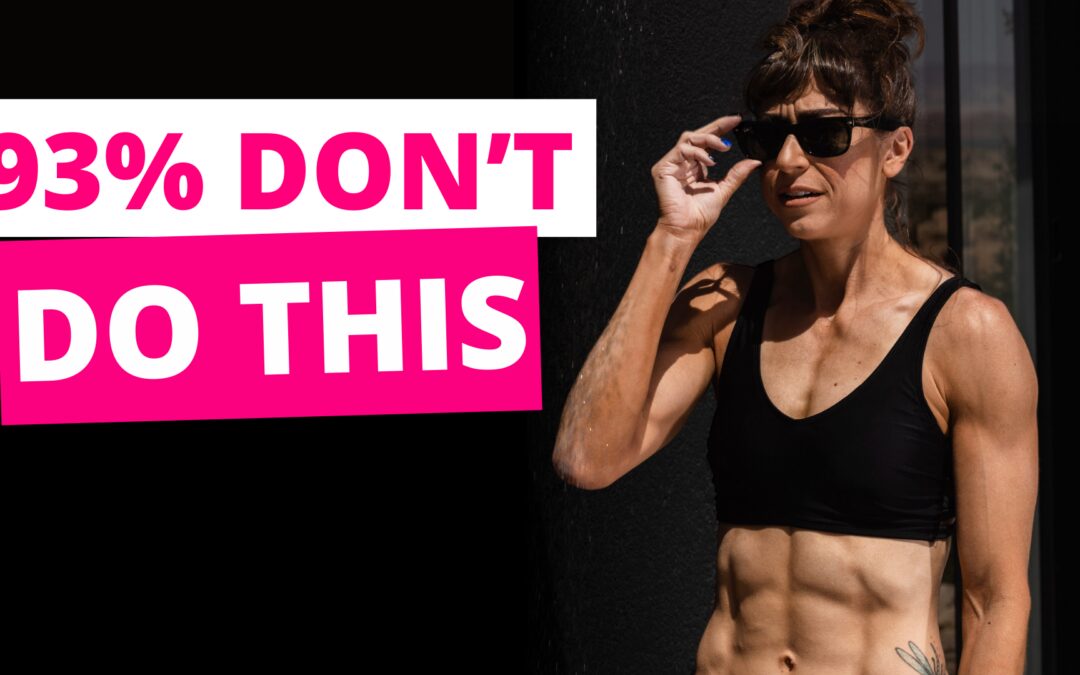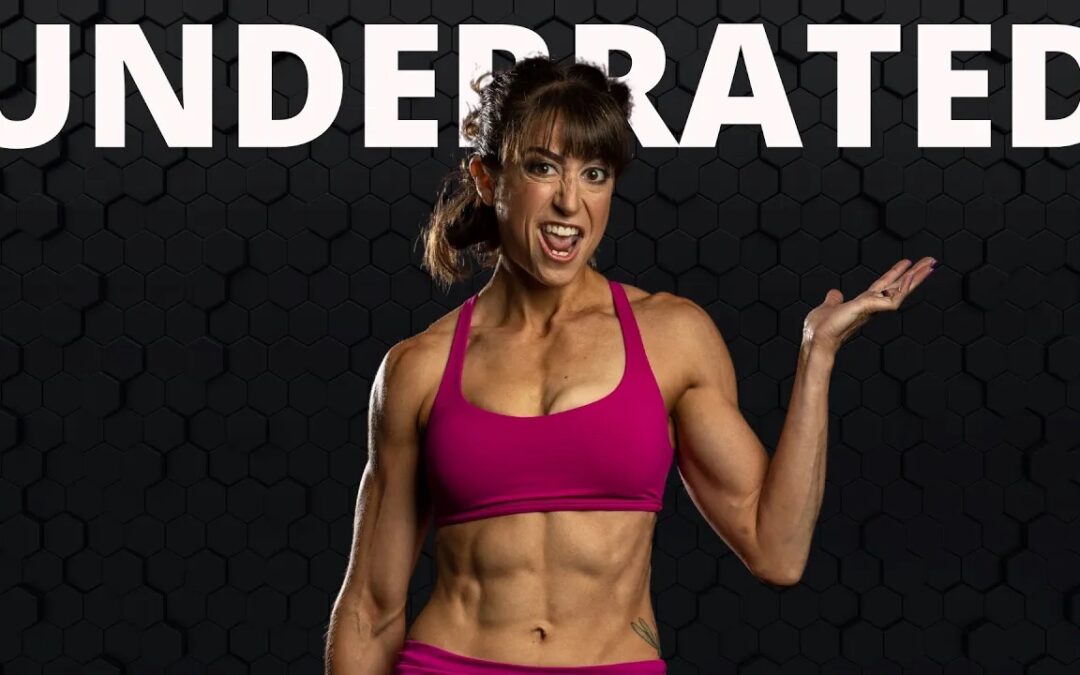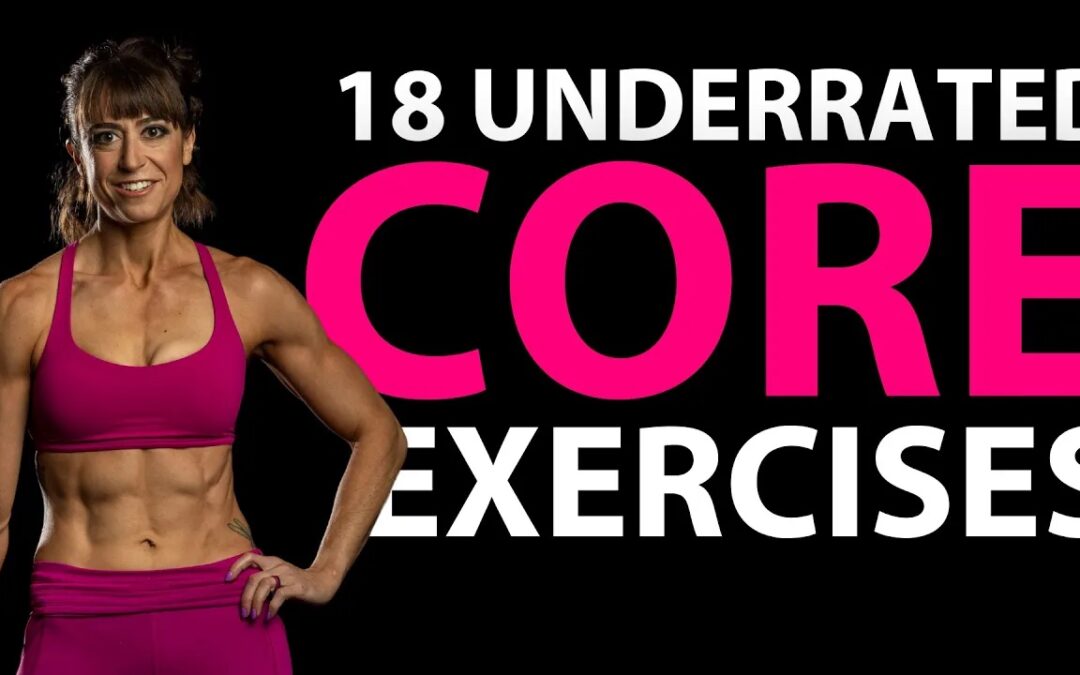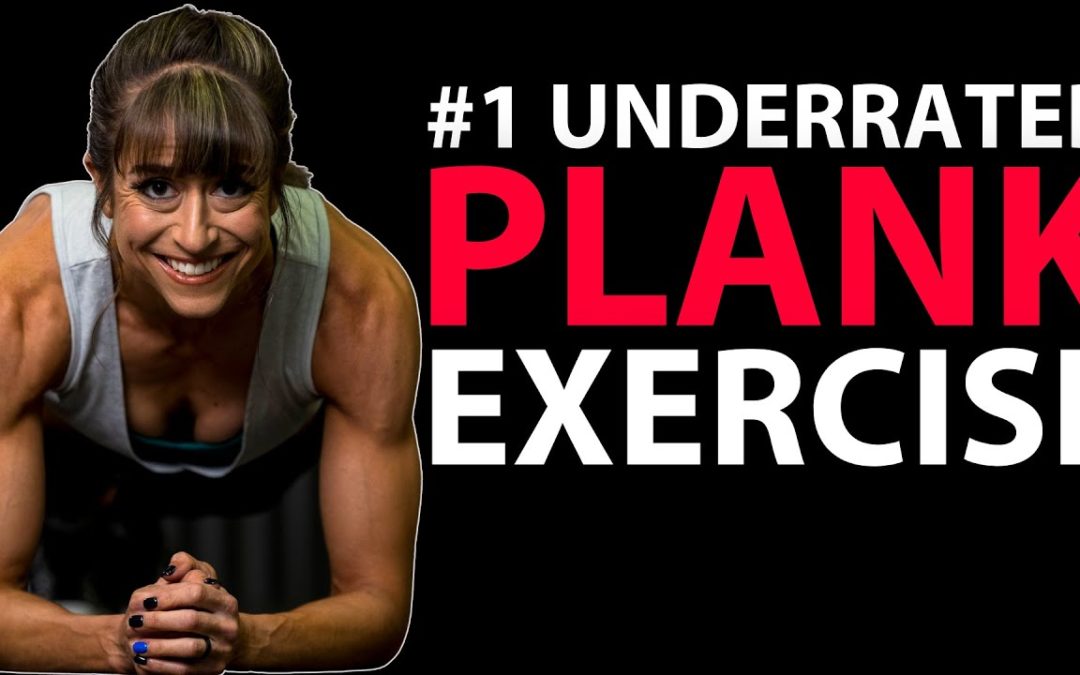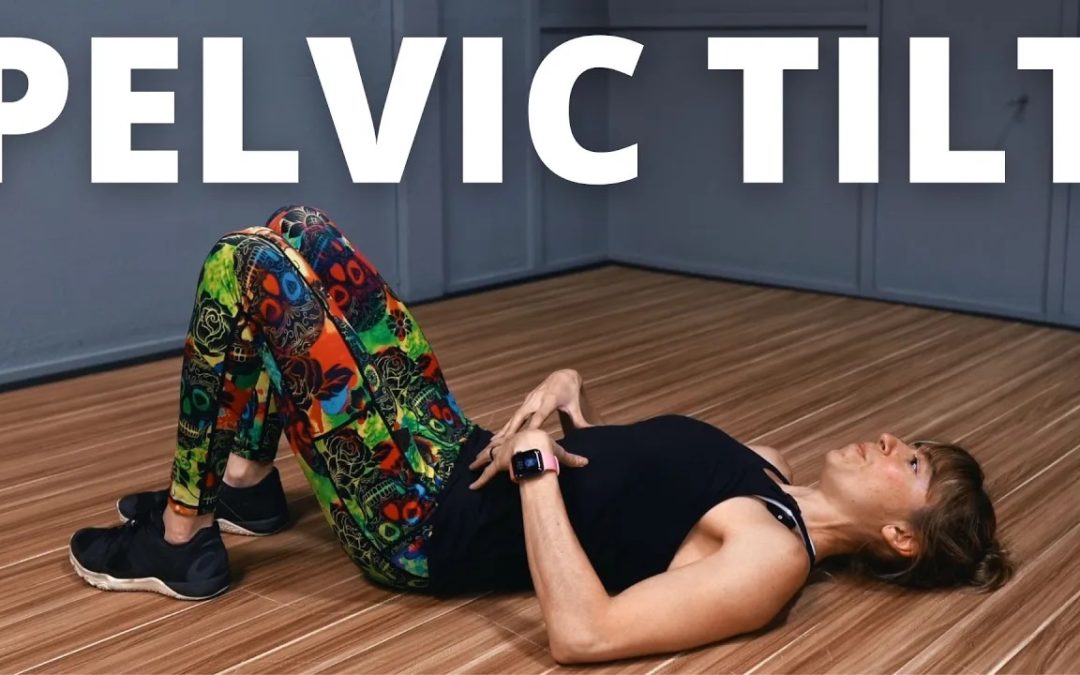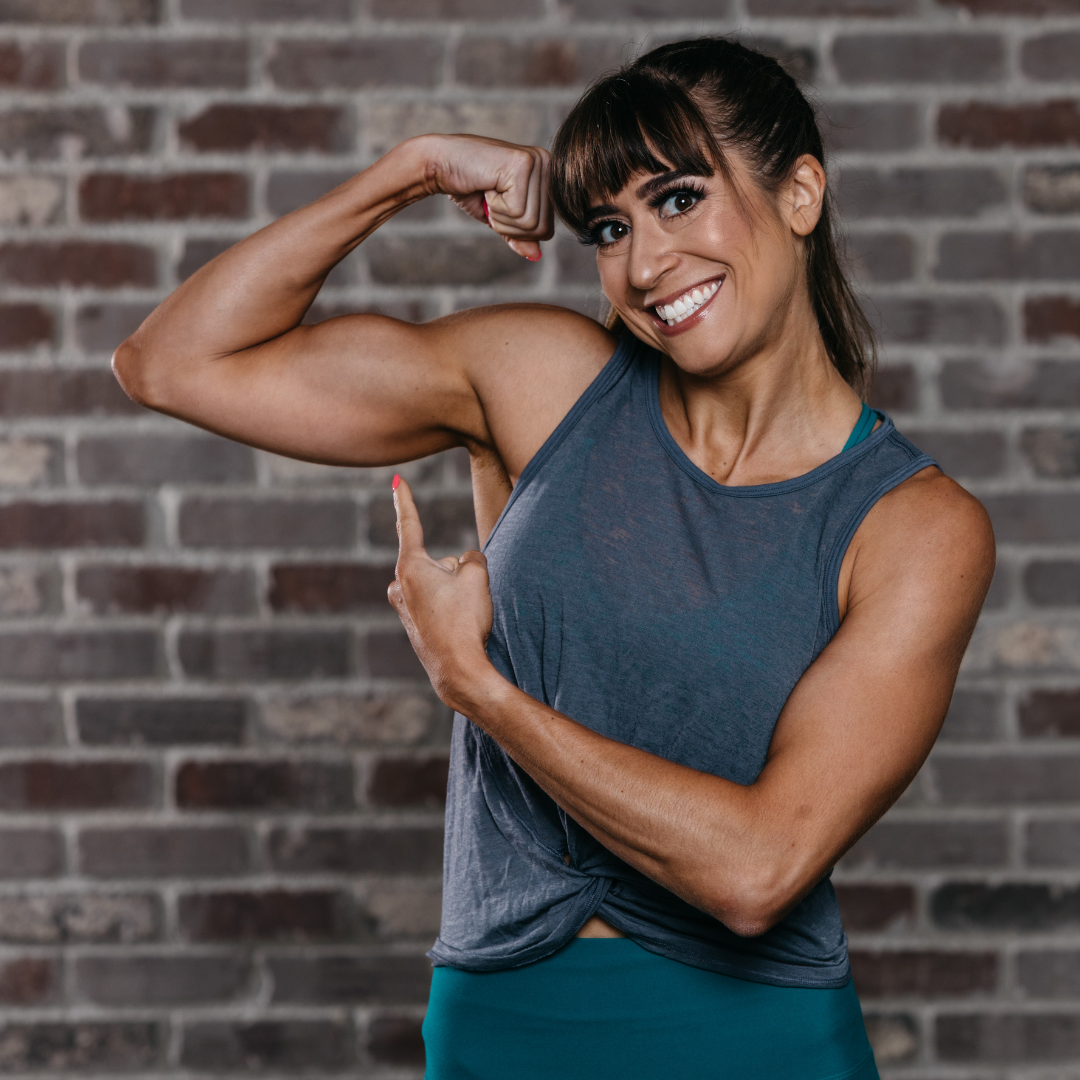
by Cori Lefkowith | Jun 16, 2024 | Blog, Diet, Exercises
Alright so do you think those old fitness infomercials are as ridiculous as I do? What’s the real reason why 93% of women never lose belly fat? BECAUSE IT’S REALLY… REALLY… REALLY HARD! And because when we feel like results aren’t snowballing, when we don’t see...

by Cori Lefkowith | Apr 14, 2024 | Blog, Core, Exercises
Teapots have gotten a lot of hate in recent years. But unpopular opinion. I think the hate is unwarranted. They can actually be an amazing move to include in your workout routine when implemented correctly. I say this often but there are no bad exercises… Just misused...

by Cori Lefkowith | Dec 25, 2023 | Blog, Bodyweight, Core, Exercises
Often we fall back into using the same old moves, forgetting all of the options and variations out there. But having different variations of exercises to target the same area can help us create progression through the same but different. It can help us even activate...

by Cori Lefkowith | Jul 2, 2023 | Blog, Core, Exercises, Functional Fitness, Pain Relief
The plank is an amazing core move and a fundamental we need to include. But holding longer only helps us build strength to a point. And just because a move is a must-do basic, doesn’t mean we can’t have fun using other variations especially to target specific muscles...

by Cori Lefkowith | May 7, 2023 | Blog, Core, Exercises, Functional Fitness, Pain Relief
The pelvic tilt… How can you use this amazing move and progress this exercise to build a stronger core? And why has this move received some hate in recent years? Let’s break down the pelvic tilt progression and when and how to use it! This exercise is a great way to...
